Loïck Bonniot
WIDE
The Graph Neural Networking Challenge: A Worldwide Competition for Education in AI/ML for Networks
Jul 26, 2021

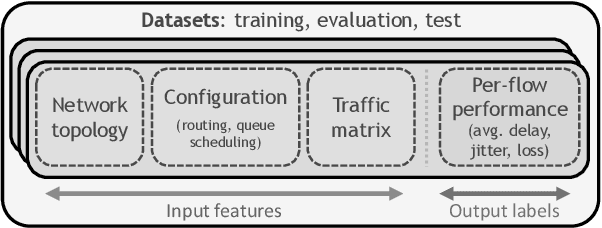
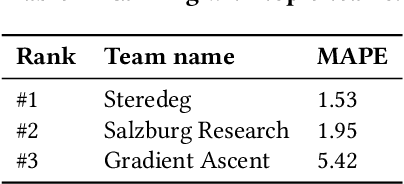
Abstract:During the last decade, Machine Learning (ML) has increasingly become a hot topic in the field of Computer Networks and is expected to be gradually adopted for a plethora of control, monitoring and management tasks in real-world deployments. This poses the need to count on new generations of students, researchers and practitioners with a solid background in ML applied to networks. During 2020, the International Telecommunication Union (ITU) has organized the "ITU AI/ML in 5G challenge'', an open global competition that has introduced to a broad audience some of the current main challenges in ML for networks. This large-scale initiative has gathered 23 different challenges proposed by network operators, equipment manufacturers and academia, and has attracted a total of 1300+ participants from 60+ countries. This paper narrates our experience organizing one of the proposed challenges: the "Graph Neural Networking Challenge 2020''. We describe the problem presented to participants, the tools and resources provided, some organization aspects and participation statistics, an outline of the top-3 awarded solutions, and a summary with some lessons learned during all this journey. As a result, this challenge leaves a curated set of educational resources openly available to anyone interested in the topic.
DiagNet: towards a generic, Internet-scale root cause analysis solution
Apr 07, 2020
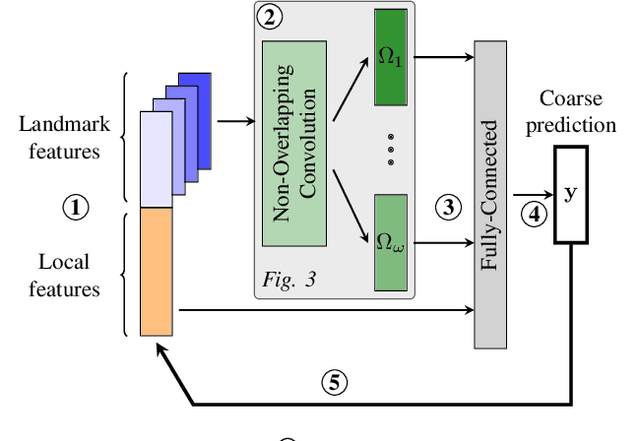
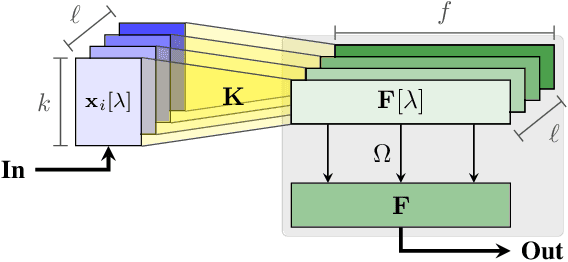
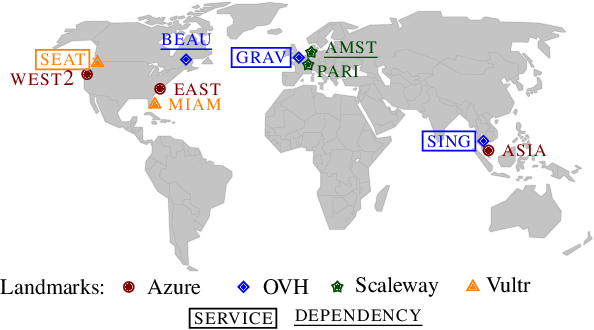
Abstract:Diagnosing problems in Internet-scale services remains particularly difficult and costly for both content providers and ISPs. Because the Internet is decentralized, the cause of such problems might lie anywhere between an end-user's device and the service datacenters. Further, the set of possible problems and causes is not known in advance, making it impossible in practice to train a classifier with all combinations of problems, causes and locations. In this paper, we explore how different machine learning techniques can be used for Internet-scale root cause analysis using measurements taken from end-user devices. We show how to build generic models that (i) are agnostic to the underlying network topology, (ii) do not require to define the full set of possible causes during training, and (iii) can be quickly adapted to diagnose new services. Our solution, DiagNet, adapts concepts from image processing research to handle network and system metrics. We evaluate DiagNet with a multi-cloud deployment of online services with injected faults and emulated clients with automated browsers. We demonstrate promising root cause analysis capabilities, with a recall of 73.9% including causes only being introduced at inference time.
 Add to Chrome
Add to Chrome Add to Firefox
Add to Firefox Add to Edge
Add to Edge